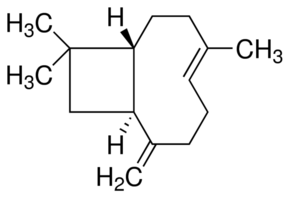| Chapitre 14 : NMR Spectroscopy |
Page |
| An Introduction to NMR Spectroscopy |
620 |
| Fourier Transform NMR |
623 |
| Shielding Causes Different Nuclei to Show Signals at Different Frequencies |
623 |
| The Number of Signals in an 1H NMR Spectrum |
624 |
| The Chemical Shift Tells How Far the Signal Is from the Reference Signal |
626 |
| The Relative Positions of 1H NMR Signals |
628 |
| The Characteristic Values of Chemical Shifts |
629 |
| Diamagnetic Anisotropy |
631 |
| The Integration of NMR Signals Reveals the Relative Number of Protons Causing Each Signal |
632 |
| The Splitting of Signals Is Described by the N + 1 Rule |
634 |
| What Causes Splitting? |
637 |
| More Examples of 1H NMR Spectra |
639 |
| Coupling Constants Identify Coupled Protons |
644 |
| Splitting Diagrams Explain the Multiplicity of a Signal |
647 |
| Enantiotopic and Diastereotopic Hydrogens |
650 |
| The Time Dependence of NMR Spectroscopy |
652 |
| Protons Bonded to Oxygen and Nitrogen |
652 |
| The Use of Deuterium in 1H NMR Spectroscopy |
654 |
| The Resolution of 1H NMR Spectra |
655 |
| 13C NMR Spectroscopy |
657 |
| Dept 13C NMR Spectra |
662 |
| Two-Dimensional NMR Spectroscopy |
662 |
| NMR Used in Medicine is Called Magnetic Resonance Imaging |
665 |
| X-Ray Crystallography |
666 |

